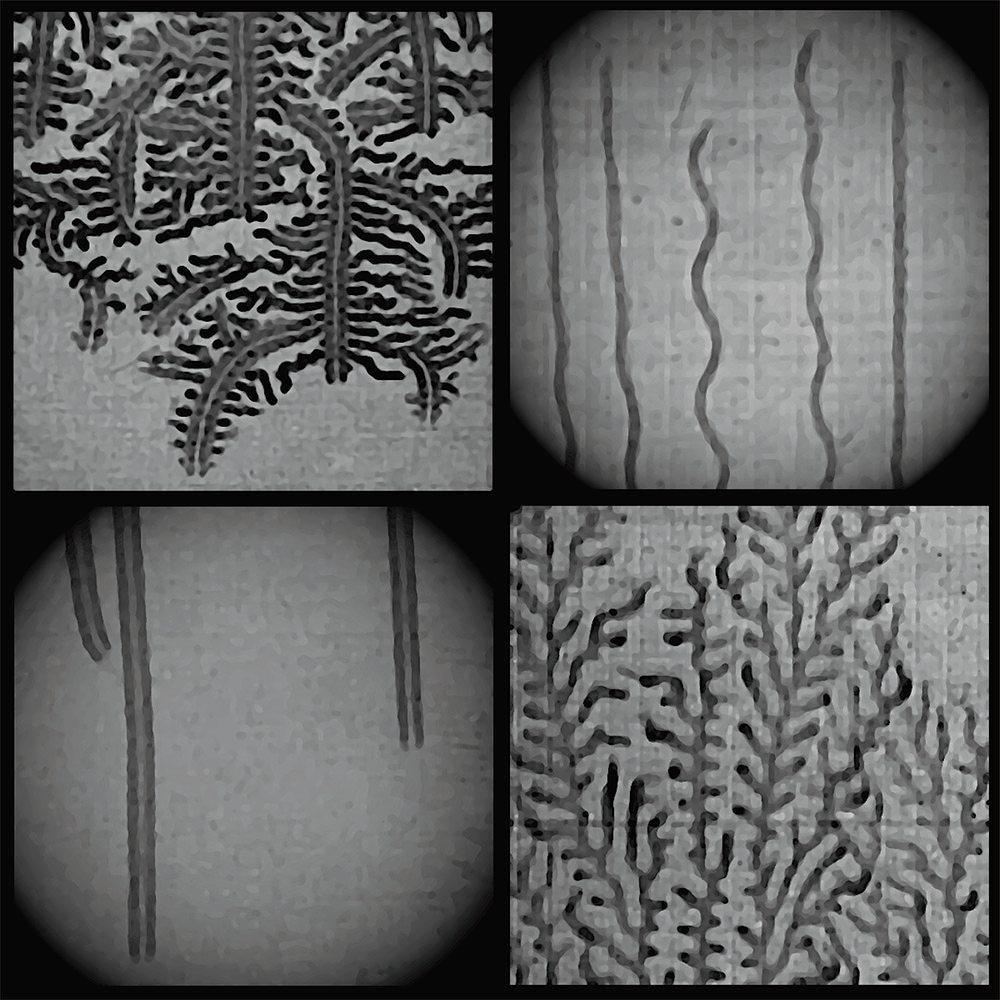A new study has shown that dangerous hydrogen-burning flames can persist in unexpectedly narrow spaces and with very low fuel volumes. The findings highlight potential challenges involved in the safe storage and transport of hydrogen gas, which holds promise as a zero-emissions, alternative fuel source for vehicles. To date, only a few hydrogen fuel cell–powered automobiles are available in select markets. Given the substantial contribution of fossil fuel burning (including gasoline) to global climate change, however, there is substantial interest in further developing such vehicles for mass-market use. See also: Alternative fuels for vehicles; Fossil fuel; Fuel cell; Gasoline; Global climate change; Hydrogen

Unlike conventional fires, which occur when a material is rapidly oxidized by oxygen and tend to produce ample heat and light, hydrogen-burning flames generate little radiant heat. Such flames are also nearly invisible to the unaided eye, appearing at most as dim blue flares. In addition, hydrogen is an odorless gas, meaning that hydrogen leaks are difficult to detect until a minimum flammability concentration in air—about 4%—has been exceeded. Because hydrogen is an extremely flammable gas, if large quantities are suddenly released or exposed to air, catastrophic explosions can occur. See also: Air; Combustion; Oxidation process; Oxygen
For the study, physicists set up a narrow space between two vertical, transparent plates and pumped in air with concentrations of hydrogen ranging from 5% to 15%. After igniting the fuel mixture, the researchers tracked the resulting flames' propagation with a high-speed camera. The flames’ paths were revealed by trails of condensed water, produced as the hydrogen reacts with oxygen. The experiment ultimately demonstrated that hydrogen-burning flames could propagate in spaces as narrow as a few millimeters, and at the lowest tested hydrogen concentration of 5%. In some cases, the flames advanced in fractal-like patterns, or geometrical patterns whose structure repeats across different scales. Accounting for hydrogen's newly exhibited ability to burn in tight spaces and at low concentrations could prove important for demonstrating and maintaining safety when building out a future, hydrogen-based infrastructure for alternative energy resources for vehicles and other machines. See also: Fractals





